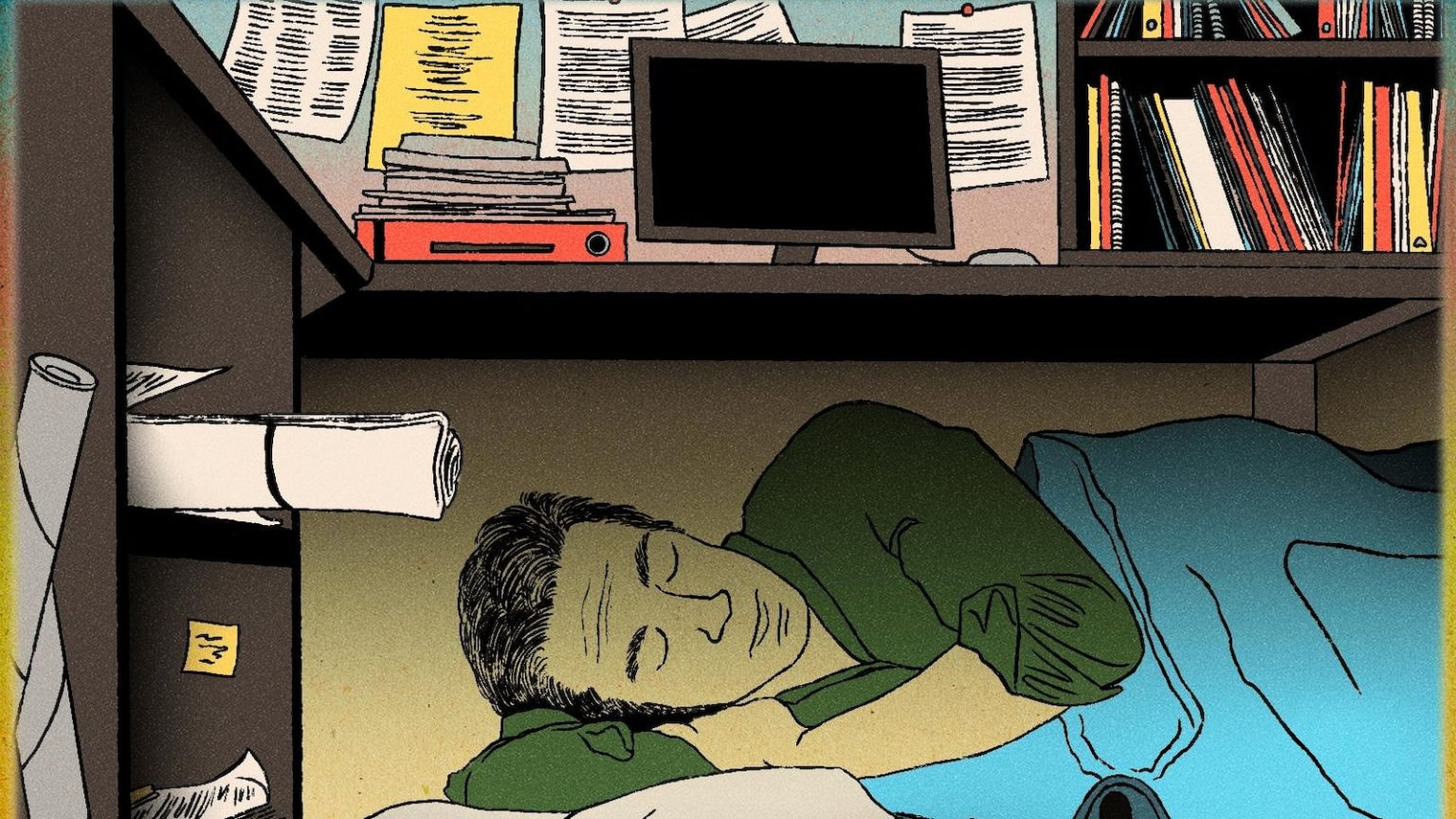The Secret Society of Nappers: Embracing Rest in a Busy World
In a world where busyness is often worn as a badge of honor, there exists a lesser-known group of individuals who have embraced the art of napping as a way to recharge and improve their productivity. These modern-day nappers, inspired by historical figures like Winston Churchill and Albert Einstein, often sneak in short power naps during the day to boost their cognitive performance. Despite the proven benefits of napping, such as enhanced memory and focus, it remains a taboo topic in many workplaces, particularly in the United States. However, a growing number of individuals and companies are challenging the stigma, recognizing the value of rest in maintaining peak performance.
The Science of Sleep: Why Napping Matters
Sleep is as essential to good health as diet and exercise, yet many people fail to prioritize it. Electronics, particularly cellphones, have become a major obstacle, keeping people up late and disrupting sleep patterns. According to James Rowley, program director of the Sleep Medicine Fellowship at Rush University Medical Center, the consequences of inadequate sleep can be severe, impacting both physical and mental health. Napping has emerged as a practical solution for addressing midday fatigue, with experts recommending short, restorative naps of 15 to 20 minutes. These brief snooze sessions can help combat the natural dip in alertness that occurs in the early afternoon, leaving individuals more refreshed and focused.
Napping in the Workplace: A Growing Trend
While napping is uncommon in many industries, some companies are beginning to recognize its benefits. Employers like Ben & Jerry’s have installed nap rooms, and startups such as Exa have introduced sleeping pods for their employees. These initiatives reflect a broader cultural shift toward valuing employee well-being. Even in academia, where the pressure to perform is intense, some professionals, like University of Southern California lecturer Julianna Kirschner, have found that napping helps them stay productive and creative. As the conversation around workplace wellness continues to evolve, napping is becoming less of a secret habit and more of a celebrated practice.
The Art of Effective Napping: Tips from the Experts
Not all naps are created equal, and timing is key to reaping the benefits. Michael Chee, director of the Centre for Sleep and Cognition at the National University of Singapore, suggests that the ideal time for a nap is during the natural circadian dip in the early afternoon. Napping too close to bedtime, on the other hand, can interfere with nighttime sleep. Experts also emphasize the importance of keeping naps short to avoid sleep inertia, a groggy feeling that can linger after waking. While longer naps can be beneficial, they are less practical for most people and may disrupt evening sleep patterns.
Napping in Unexpected Places: The Rise of Nap Pods and Wellness Spaces
For those without access to a nap room at work, innovative solutions are emerging. Nap York, a company founded by Neil Wong, offers sleeping pods in Manhattan and Queens that can be rented by the hour. These pods provide a quiet, private space for people to rest, catering to everyone from exhausted nurses and UPS drivers to overworked professionals. The concept of a "third space" for sleep—beyond home and hotel rooms—is gaining traction as people recognize the need for rest in their busy lives. Companies like Nap York are filling this gap, offering a practical solution for those seeking a quick recharge.
The Future of Napping: Breaking the Stigma and Embracing Rest
As more people share their experiences and companies invest in wellness initiatives, the stigma surrounding napping is slowly fading. Advocates like Arianna Huffington, who has championed the importance of sleep and rest, are helping to normalize the practice. For individuals like Kirsten Perez, a marketing manager at Nvidia, napping has become an essential part of their daily routine, providing a much-needed boost to their mood and productivity. Whether it’s a quick nap in the car, a snooze in a sleeping pod, or a midday siesta at home, napping is becoming a symbol of self-care and a recognition of the importance of rest in achieving success.
In conclusion, napping is no longer just a secret habit of a select few but a growing movement that is reshaping how we approach work and wellness. As the benefits of rest become more widely understood, it’s likely that napping will become an accepted and even encouraged practice in workplaces around the world.















